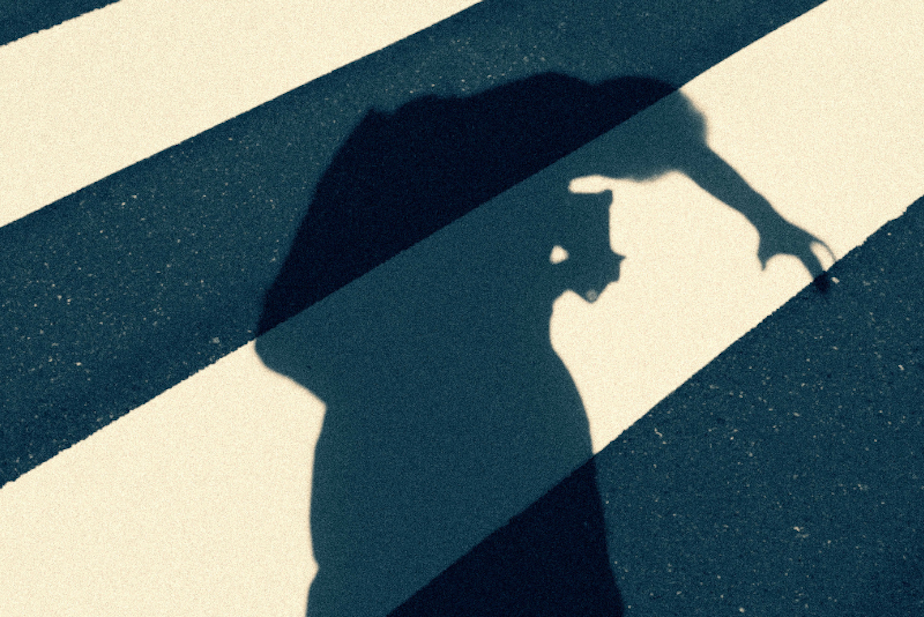Guerrilla crosswalks and homemade signage: the promises and perils of DIY urbanism

Well-intentioned projects like guerilla crosswalks and ad hoc bike lanes are quick solutions in the face of increasing traffic fatalities. But who installs these projects and who benefits from them varies widely.
Late last year, a crosswalk showed up on the corner of Olive Way and Harvard Avenue East in Seattle's Capitol Hill. The Seattle Department of Transportation quickly removed it.
This was a guerilla crosswalk — basically, somebody painted a fake crosswalk and, while it looked official with its white paint evenly spaced lines, SDOT washed it away.
"When it comes to our attention, we take a look at it and typically we remove it," said Brian Daugherty, strategic advisor and leader of the Seattle Department of Transportation's pedestrian projects team.
"While we totally support and love the enthusiasm for improved pedestrian crossings, and we really value partnerships with the community, unfortunately, the crosswalks when they're installed, they need to follow certain guidelines and they need to be accompanied by signs at the very least," he said.
Daugherty mentioned that SDOT crosswalks are marked with durable paint, they meet specific standards for spacing, and they have associated signage or even flashing lights. It's important for consistency and visibility, Daugherty said, so that drivers know to look for a crossing.
Sponsored
Meanwhile, the city has pledged to end traffic fatalities by 2030, a goal that has been elusive. Pedestrians and pedestrian advocates are frustrated with the pace of adding new, protective infrastructure for people traveling in something other than a car. Daugherty admits that his team needs to work faster.
People have been making alterations like unsanctioned crosswalks to their cities for as long as cities have been around. Though, in recent years, the practice has become more of a movement.
Whether it's called DIY urbanism or informal urbanism, it's a potentially powerful concept: somebody who intimately experiences and relies on city infrastructure making changes they deem necessary.
Assistant professor of Urban and Regional Planning at San Jose State University, Gordon Douglas, looked at DIY urbanism projects in 17 cities. The results were published in a book titled "The Help Yourself City," which documents the ways people are changing their local roads, sidewalks, and other infrastructure across the country.
"The whole reason I was attracted to this kind of phenomenon is that it is, at least on the surface, like very altruistic, very community minded," Douglas said. "And really exciting when you think about community members taking it upon themselves to make these kinds of improvements. And I think it's quite inspiring."
Sponsored
Douglas spoke with people filling potholes, marking bike lanes, and creating signs.
Not every project is altruistic, though. Someone in Seattle cut down a bus stop pole because the stop was generating too much trash; some beach front homeowners attempted to keep people from using a nearby public beach through homemade signs.
However, many of the projects Douglas looked at were completed by someone who saw an unmet need.
Douglas said he is very inspired by these types of projects, but they are complicated because individuals are making decisions for a whole community.
"I think that's the huge kind of unspoken issue here, which is that however kind of benevolently intended, these are individuals or a small group of individuals taking these kinds of decisions about public space into their own hands," he said. "And if a private developer were to do make these kinds of decisions, we might kind of question like, what right do they have to do this to our public space?"
Sponsored
Douglas spoke with Soundside about DIY urbanism projects he's seen and the benefits, along with the complications, of taking urban planning into your own hands.





